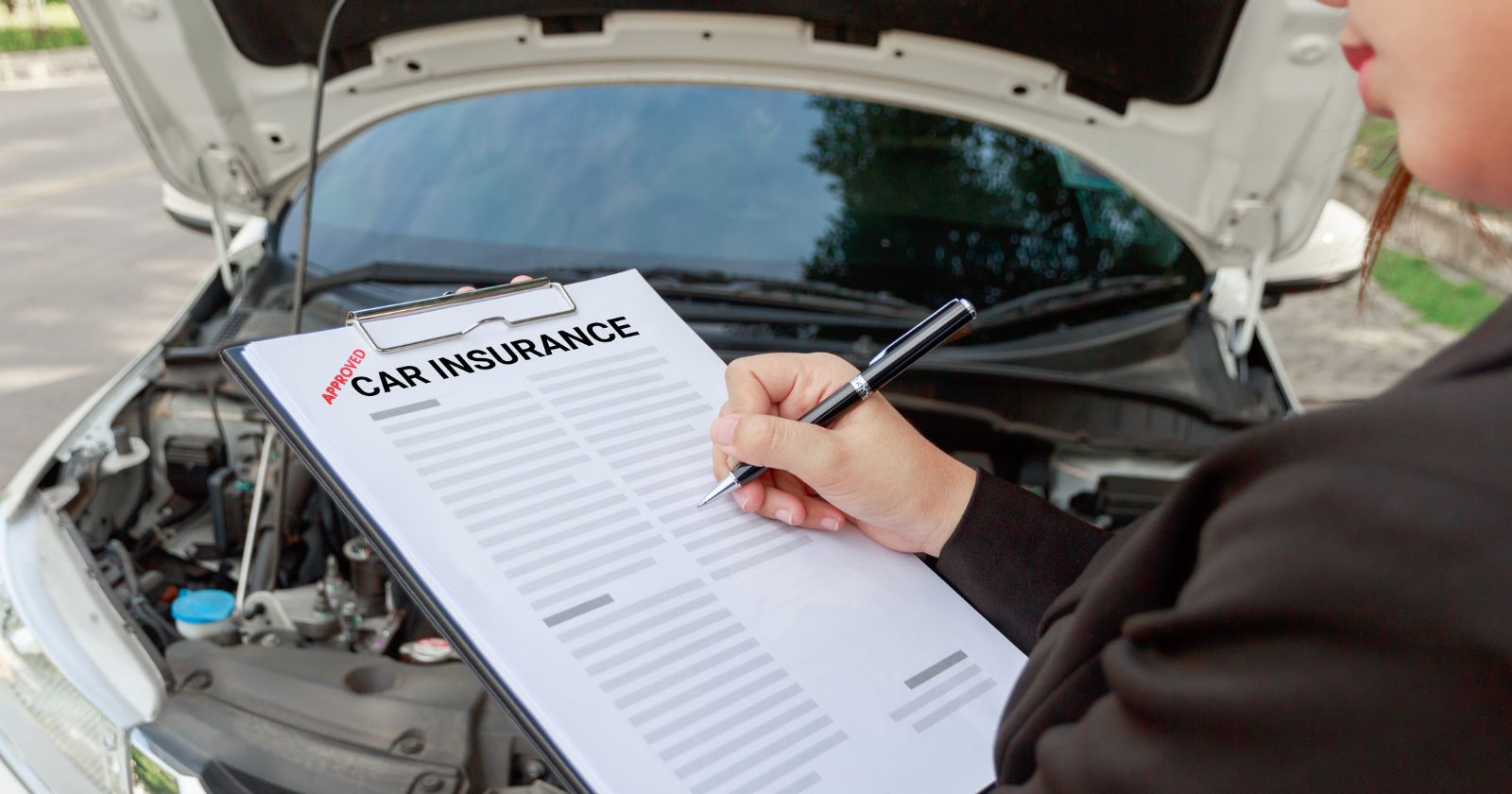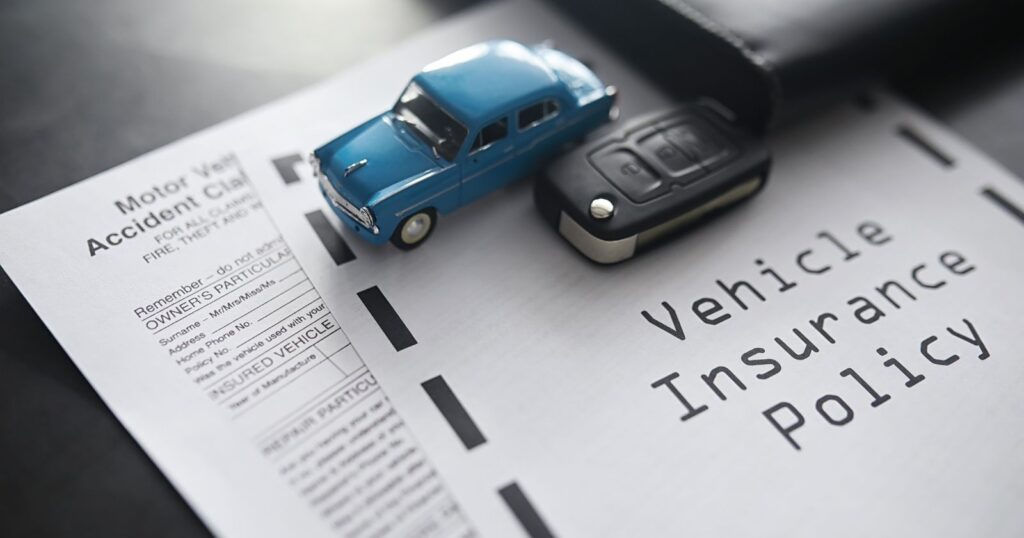Full Coverage Car Insurance: The Ultimate Guide
Table of contents
- What Is Full Coverage Car Insurance?
- Why Consider it?
- Components of Full Coverage Car Insurance
- Deciding If Full Coverage Is Right for You
- How to Choose the Right Full Coverage Policy
- Cost of Full Coverage Car Insurance
- Ways to Save on Full Coverage Car Insurance
- Understanding Your Policy
- Empower Your Decisions

In today’s fast-paced world, understanding the nuances of car insurance can seem daunting, especially when it comes to full coverage car insurance. This comprehensive guide is designed to demystify full coverage insurance, ensuring you’re well-informed to make decisions that safeguard your financial future.
What Is Full Coverage Car Insurance?

At its core, it is a combination of policies that protect you and your vehicle in almost every scenario. It’s not a specific policy but a blend of liability, comprehensive, and collision coverages. Many drivers assume “full coverage” means they’re protected against all possible mishaps, but it’s crucial to know the specifics of what your policy entails.
Why Consider it?
Opting for full coverage can seem like an unnecessary expense, especially for drivers with older vehicles. However, the financial protection it offers in the event of an accident or theft can be invaluable. Whether you’re leasing a vehicle, financing a new car, or simply want the peace of mind knowing you’re fully covered, full coverage insurance provides a safety net that liability insurance alone cannot.
Components of Full Coverage Car Insurance

Liability Insurance
Liability coverage is the foundation of any car insurance policy, covering costs associated with damages and injuries you may cause to others. It’s mandatory in most states, but the minimum required coverage varies, leaving many drivers underinsured without realizing it.
Comprehensive Coverage

Comprehensive insurance covers damage to your vehicle not caused by a collision, such as theft, vandalism, or natural disasters. It’s an essential component of full coverage, especially for drivers in areas prone to severe weather or high theft rates.
Collision Coverage
Collision coverage pays for repairs to your vehicle after an accident, regardless of fault. It’s particularly crucial for newer or higher-value cars, where the cost of repairs or replacement could burden your finances significantly.
Deciding If Full Coverage Is Right for You

Determining whether full coverage car insurance is the right choice involves assessing your vehicle’s value, your financial situation, and your risk tolerance. If your vehicle is newer or you’re still paying off a loan, full coverage is often recommended or even required by lenders.
How to Choose the Right Full Coverage Policy
- Comparing quotes from multiple insurers can reveal significant differences in coverage and cost.
- Carefully review each policy’s details, paying close attention to coverage limits and deductibles.
- Choosing a reputable insurer with positive reviews and reliable customer service ensures peace of mind.
Cost of Full Coverage Car Insurance

The cost of full coverage varies widely based on factors like your driving history, vehicle type, and location. While generally more expensive than liability-only coverage, the right full coverage policy can offer extensive protection without breaking the bank.
Ways to Save on Full Coverage Car Insurance
Reducing your full coverage car insurance premiums is achievable with strategic actions:
- Shop Around Regularly: Frequently compare rates to find better deals.
- Bundle Policies: Combine home and auto insurance for discounts.
- Choose a Higher Deductible: Opt for a deductible you can afford, lowering premiums.
- Maintain a Clean Driving Record: Lower rates for drivers without accidents or violations.
- Leverage Low Mileage Discounts: Drive less than the average mileage for rate reductions.
- Improve Your Credit Score: A higher score can decrease insurance costs.
- Opt for Usage-Based Insurance: Premiums based on actual driving, tracked via app or device.
- Explore Discount Opportunities: Inquire about discounts for vehicle safety features, membership affiliations, or defensive driving courses.
By implementing these measures, you can significantly lower your full coverage car insurance expenses while maintaining comprehensive protection.
Understanding Your Policy

Understanding the intricacies of your full coverage car insurance policy is crucial for ensuring that you are adequately protected in various situations. A well-informed driver is a safeguarded driver, empowered to navigate the complexities of insurance claims with confidence. Familiarizing yourself with the details of your policy, such as the coverage limits, deductible amounts, and the specific circumstances under which you are covered, equips you with the knowledge to make informed decisions about your insurance needs.
Moreover, being aware of any exclusions or limitations within your policy helps you identify potential gaps in your coverage. This insight is invaluable, as it enables you to address these gaps proactively, either by adjusting your current policy or considering additional coverage options. Understanding your policy thoroughly ensures that you are not caught off guard when it’s time to file a claim, allowing for a smoother, more predictable claim process. Taking the time to review and understand your policy is an investment in your peace of mind as a driver.
Full Coverage Car Insurance Compared to Liability Only
| Coverage Type | What It Covers | Typical Cost |
|---|---|---|
| Full Coverage | Comprehensive protection for your vehicle, including liability, comprehensive, and collision. | $$$ |
| Liability Only | Bodily injury and property damage to others. | $ |
Empower Your Decisions
Choosing full coverage car insurance is a significant decision that impacts your financial well-being and peace of mind on the road. By considering the factors outlined above and selecting a policy that meets your specific needs, you can drive confidently, knowing you’re fully protected.







